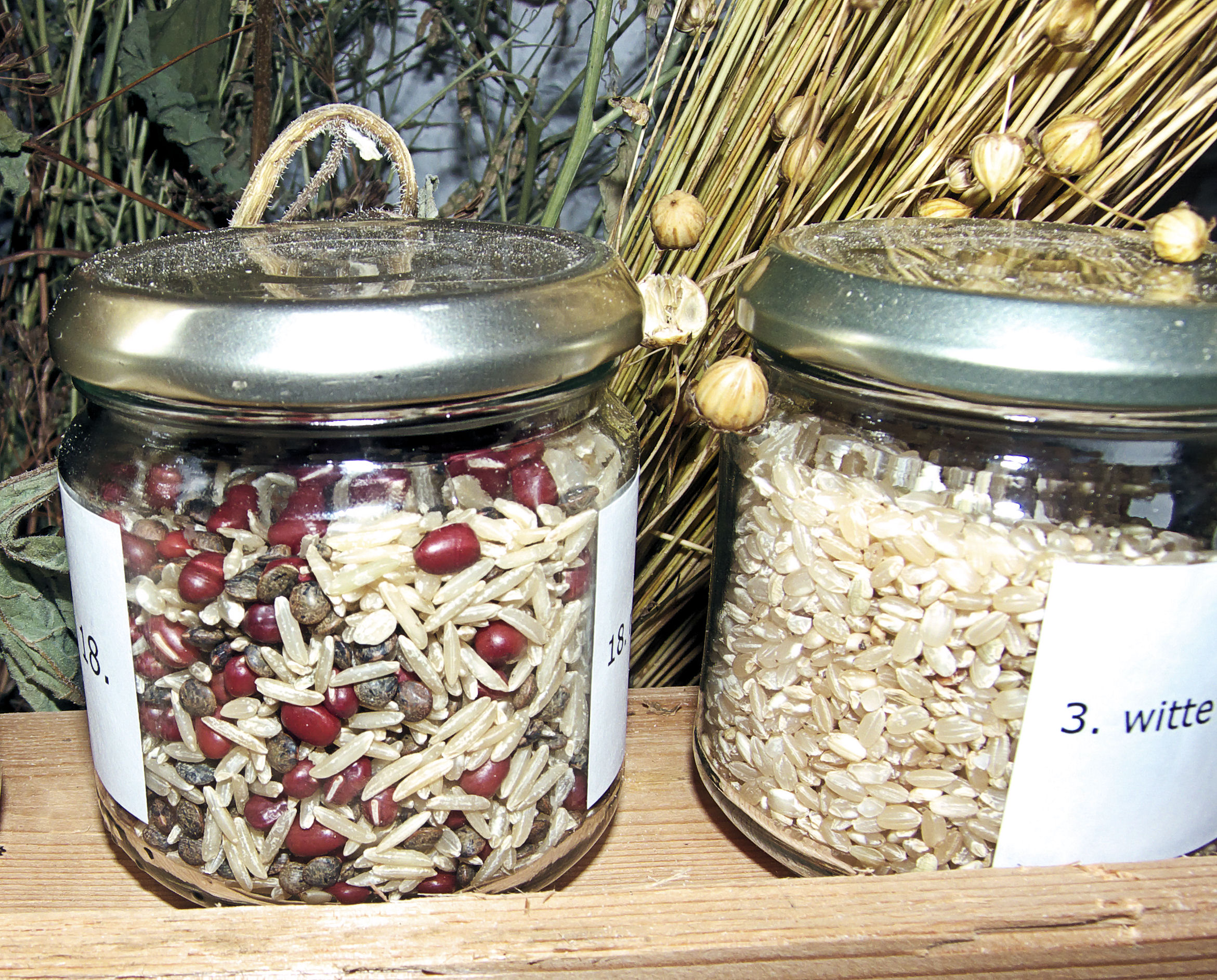December 2011
 |
Illustration from The Emperor's New Clothes
From Wikimedia Commons |
Remember the fable of the emperor who was so vain he happily allowed himself to be swindled? He eagerly believed two fraudsters when they told him they could weave a 'truly miraculous' cloth: a cloth which people who were not fit for their office or who were unpardonably stupid couldn't see. The emperor sent his most honoured minister to view the cloth as it was being prepared. Since the minister couldn't see it (not because he wasn't fit for his office, but because there was nothing to see), he cunningly asked the fraudsters to describe it to him so that he could go back to the emperor and not sound stupid. The emperor finally paraded in front of his people in clothes made from non-existent cloth. None of his ministers, nor his subjects, nor himself dared admit they couldn't actually see the miracle, except for one lone, innocent voice.
How many miraculous GM crops has the biotech industry cooked up which unpardonably stupid, irrational, emotional, Luddites can't seem to see? How often have we heard scientists or farmers reciting the words of the biotech industry to tell the ignorant masses (who can't seem to see them) of the wonders of GM? How often do politicians or scientists dare not speak out lest they invite the scorn of their colleagues?
Like that lone voice, who spoke out about what his eyes were seeing, a new 'Global Citizens Report on the State of GMOs' has been published. The Report has compiled the experiences of major food and conservation groups (representing millions of people) from all over the world, and has laid bare the illusion of the miraculous GM cloth.






